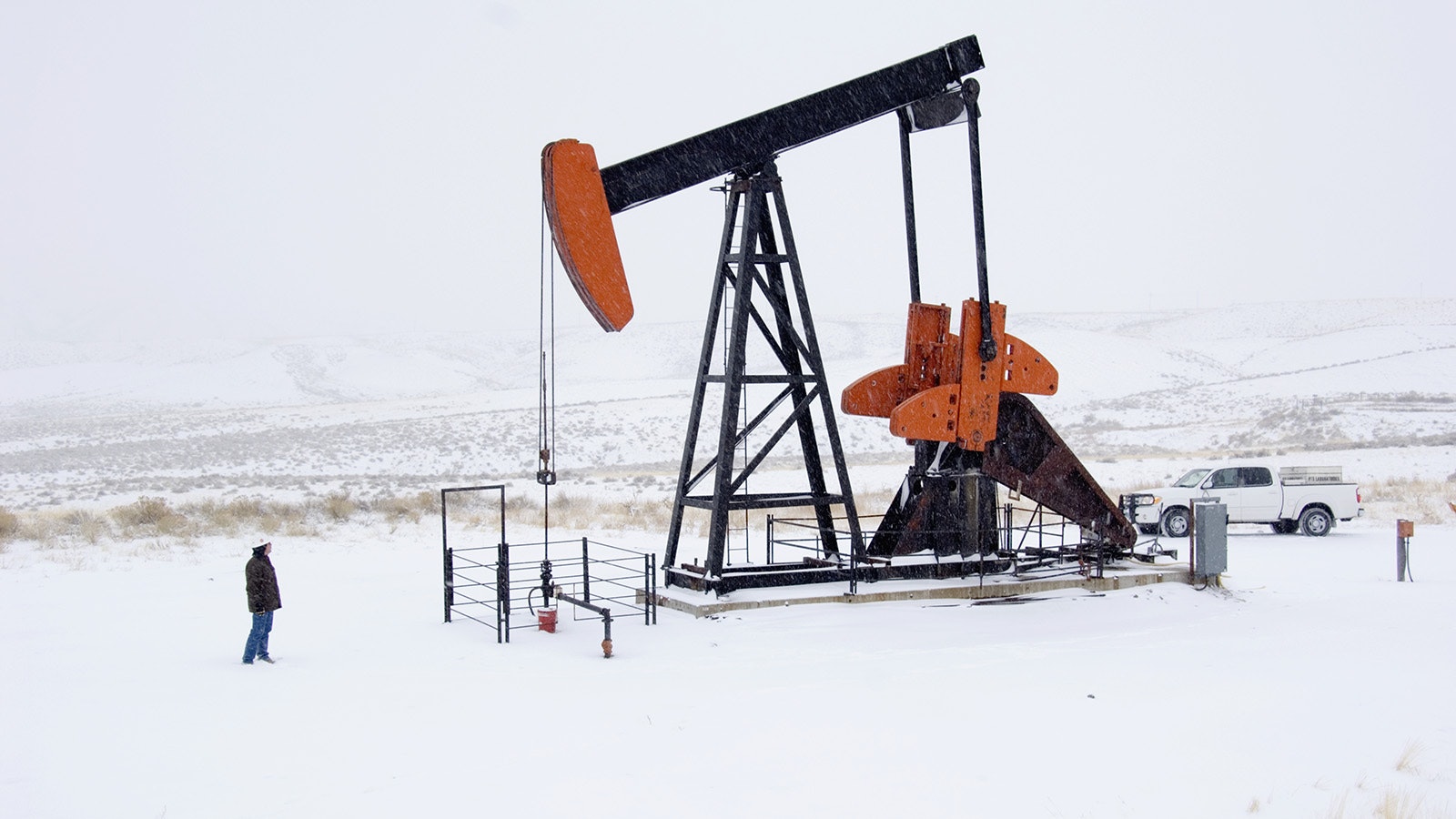CHEYENNE — When lawmakers convene next month to debate a spending bill for Wyoming, they’ll be working a few million dollars lighter than expected.
On Friday, the state’s nine financial experts — called the Consensus Revenue Estimating Group (CREG) — released revised revenue estimates for the 2024 calendar year and 2025 fiscal year that begins July 1.
The budget forecast was lowered slightly due to easing prices for oil, natural gas and trona, leading to a decline of $11.6 million in the 2024 fiscal year, and $18.4 million in fiscal 2025, which begins July 1.
“The level of significance between the CREG report in October and this one is very, very marginal,” said Wyoming State Budget Director Kevin Hibbard, who co-chairs the CREG brain trust of experts.
“Wyoming relies heavily on the mineral industry, which is volatile. It shows how quickly revenue can be impacted,” Hibbard told Cowboy State Daily.
Although Production Rose, Prices Fell
Commodity pricing for minerals fell slightly even though production rose for oil, while trona and coal output fell, according to the latest budget revision forecast.
The forecast was presented by CREG members Friday to the Wyoming Joint Appropriations Committee to give lawmakers a feel for how to spend money going forward.
The two CREG reports, one in October and the other this month, give lawmakers a roadmap on how to draft a final spending bill when their legislative session begins Feb. 12.
Gov. Mark Gordon said that Wyoming's latest revenue forecast reinforces the importance of a conservative approach to budgeting.
“With the possibility of our minerals commanding lower prices, leading to reduced severance tax revenue, Wyoming may need to lean harder on investment income,” Gordon said in a statement.
Severance taxes are paid when a mineral is removed from the ground.
‘Challenging Times’
“Placing surplus revenues into savings ensures Wyoming is well prepared for the challenges facing our legacy industries due to Biden Administration policies,” said Gordon, blaming the Biden administration’s policies for strapping down energy growth.
“These are challenging times,” said Travis Deti, executive director of the Wyoming Mining Association. “But the Wyoming mining industry is resilient and will continue to generate the revenue and jobs that keep our state running.”
The last CREG budget estimate in October showed revenue up nearly $180 million from previous projections and an overall surplus of nearly $870 million expected through 2026.
This month’s CREG report did not address those 2026 forecasts.
Don Richards, co-chairman of CREG, said last fall that strong natural gas prices seen in December 2022 and January 2023 led to much of the higher-than-expected revenues.
With this month’s budget revision through 2025, CREG only slightly revised its forecasts of Wyoming’s major mineral production targets and prices.
CREG increased its forecast of oil by 5 million barrels for the 2023 calendar year, but reduced targets for coal by 5 million tons and trona by 600,000 tons.
In addition, CREG dropped its 2024 calendar year forecast for the price of oil by $5 per barrel to $75, natural gas by 30 cents per thousand cubic feet (Mcf) to $3.50/Mcf, and the price of trona by $10 per ton to $105.
As a result of these mineral production and pricing revisions, CREG forecast total severance taxes funneled to all funds to fall $11.6 million for calendar year 2024, and $18.4 million for the fiscal 2025 beginning July 1.
Pat Maio can be reached at pat@cowboystatedaily.com.





